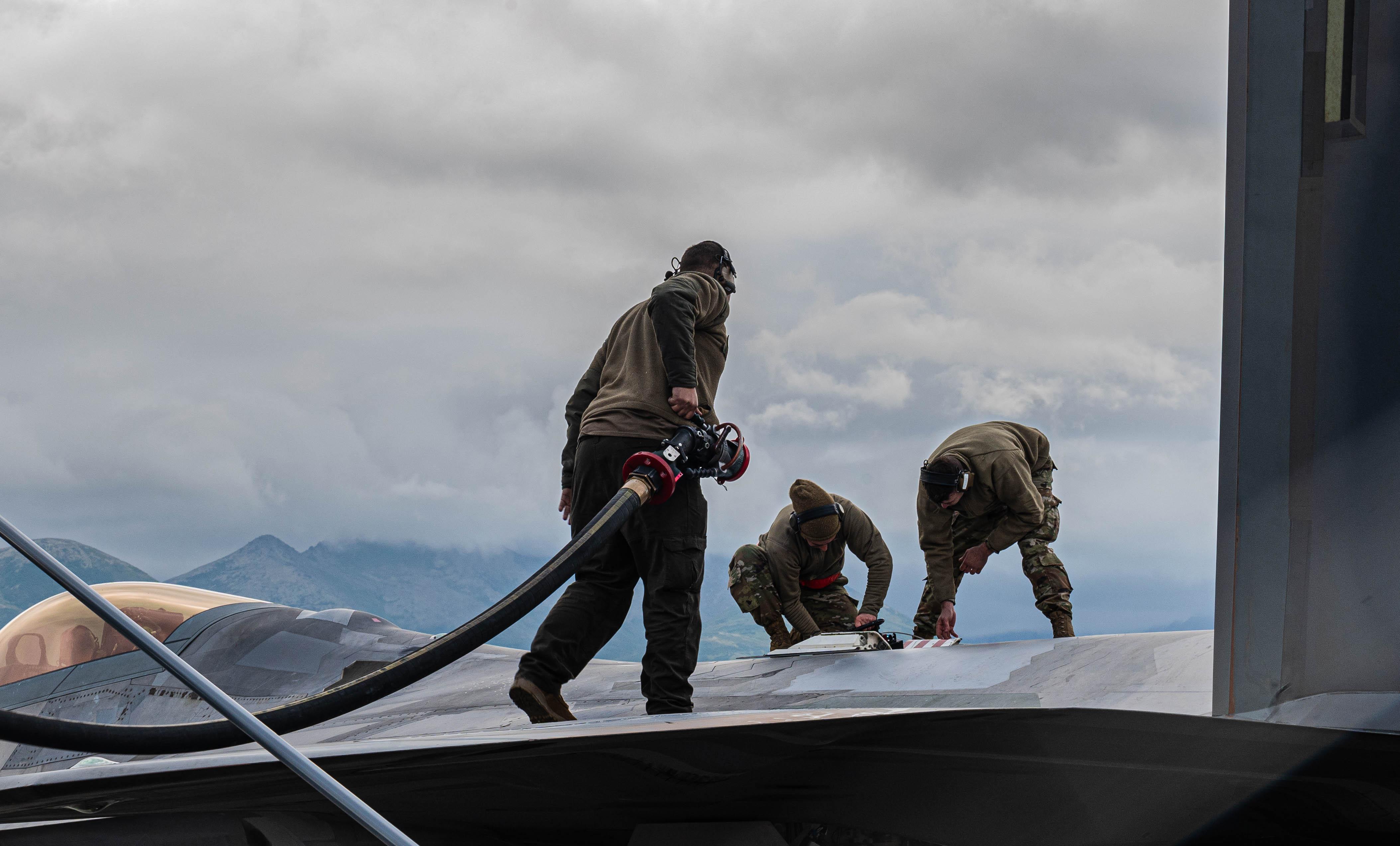
Credit: U.S. Air Force
Almost all of the U.S. Air Force’s fighters, mobility aircraft and bombers saw a reduction in their mission-capable rates in 2021 compared to the previous year. The Air Force’s entire fleet had a mission-capable rate of 71.53% in fiscal 2021, a slight drop from 2020’s total rate of 72.74%. The rates...
Subscription Required
This content requires a subscription to one of the Aviation Week Intelligence Network (AWIN) bundles.
Schedule a demo today to find out how you can access this content and similar content related to your area of the global aviation industry.
Already an AWIN subscriber? Login
Did you know? Aviation Week has won top honors multiple times in the Jesse H. Neal National Business Journalism Awards, the business-to-business media equivalent of the Pulitzer Prizes.
